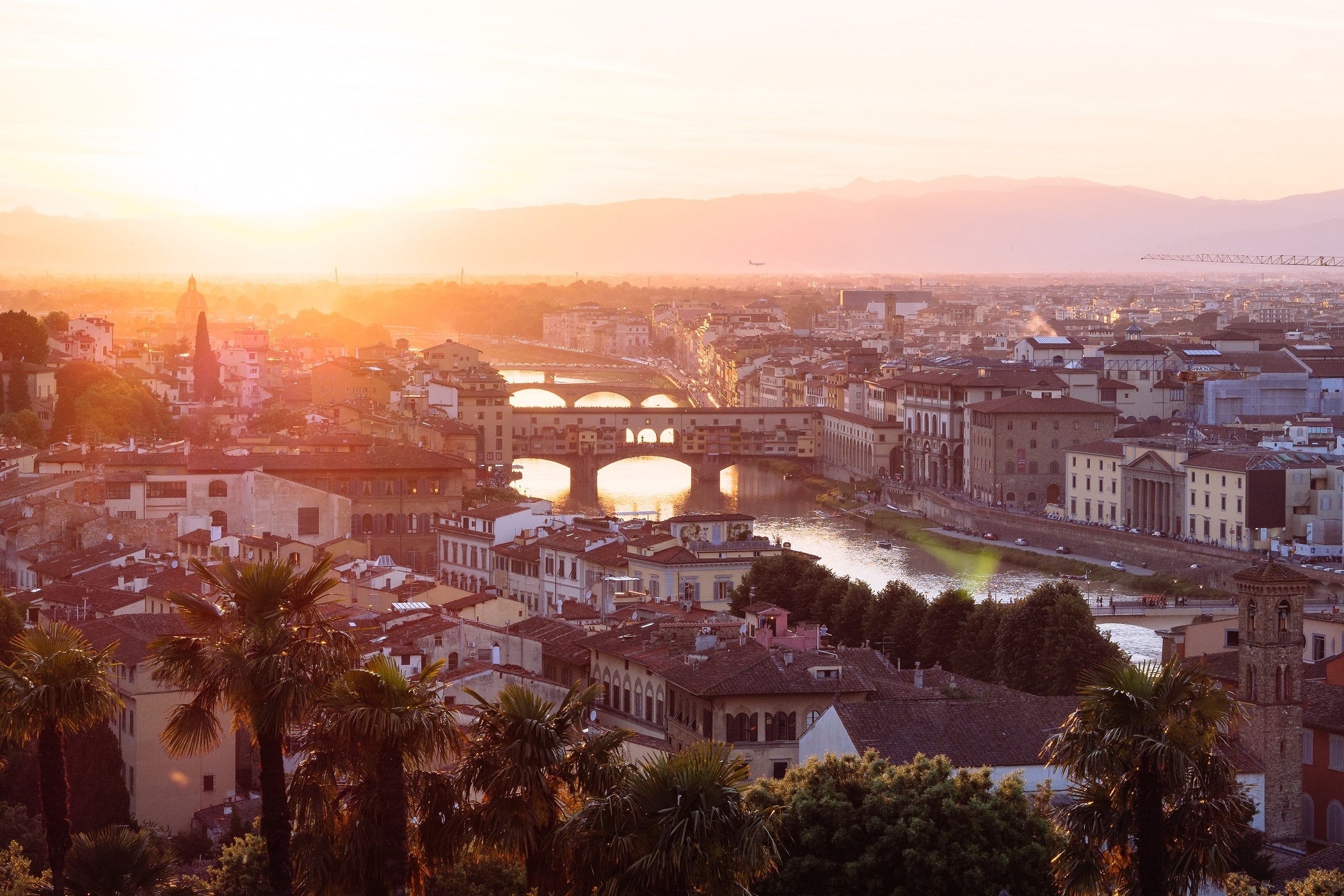

Halfway through the six-week Florentine part of the project is as good a time as any to give an update on our progress, so here goes nothing! Sam and I have been in Florence for twenty-two days now, and what we’ve realized in that time is that this project has some massive hurdles in front of it that it must overcome if we want it to become a success. Right now, Sam and I are essentially acting as an academic reconnaissance team– we’re on the ground in Florence and sizing up multiple factors that following teams will have to encounter down the road. We’ve had to play it much more by ear than we originally thought, which is both a good thing and a bad thing (mostly good). Not having a rigidly prescribed shedule allows us to be far more felxible in determining what ought to be addressed on an almost day-to-day basis. While future scholars in the coming summers will likely have a set checklist of sites to photograph and research, we have been functioning in a much more trial-and-error based workflow.
While our main goal for now remains creating an accurate model of the Bigallo’s exterior, we’ve also scouted out other sites of interest and even taken photogrammetrically-useful images of major works such as the Orsanmichele exterior statues. A few other sites we are considering include:
We have been hampered in our progress by Italy’s notoriously poor wifi– in order to upload images of the Bigallo for testing back in Lexington, Sam has to use the Kunsthistorisches Library’s wifi, as it is the only one with speeds capable of handling so much data in a decent amount of time. The majority of the rest of the images, such as the Orsanmichele statues, will be stored on Sam’s external hard drive and tested as part of our work in August. It’s certainly not the most ideal situation, but to be fair, we can learn from our mistakes as much as we can from our successes. If the pictures taken this summer don’t turn out well, then there will be multiple summers in the future that can revisit those subjects.
Our friend MC Greenleaf, who has already been briefed on the project but will not officially be joining the team until September, was also in Florence for the first two weeks. Her family is part of the Guild of the Dome, an organization founded in 2012 that seeks to “share, through art and on a global level, the artistic, cultural, social, and spiritual values that promote bonds and bring different people and cultures from different geographical areas together.” Their first major project consists of restoring the Florentine Baptistery’s doors, including the stunning Gates of Paradise by Lorenzo Ghiberti. We were initially unaware of the Guild and our fortuitous connection with them, but after meeting MC’s parents and other members and explaining our work to them, we hope that this project and their interests will intersect closely in the coming years.
One of the Greenleafs’ friends, Clara Marinelli, has also been a wonderful resource for us in the past weeks. In one of the most incredible of coincedences, her father-in-law had a hobby of creating scale models of many of Florence’s major sites in wood; while we are not entirely sure that we could use photos of these models to help create our own digital models without using a drone, we are looking into the possibility and will be taking pictures nonetheless. The Greenleafs also introduced us to Paolo Fantacci, another well-connected local who may be able to help us meet with some important figures in the city and essentially smooth the way to opening some very important doors for us.
The need to focus on the 3D aspect of the project has also become readily apparent. Everyone we have talked to has consistently expressed a great deal of interest in the capabilities of the virtual reality component allowing for the city to be seen (and, in a way, preserved) as it used to be. Nobody is aware of any other school or organization working on a project quite like this, but even before coming to Florence we knew that the University of Toronto had begun a project revolving around a 2-D map. The VR component is what makes us unique and is what we can best bring to the table if and when we eventually open up to collaboration with other agencies.
All told, our progress so far is slow and marked by a number of unanticipated setbacks, but we are also making several important discoveries and significant strides. We expect to have some wonderful proof-of-concept models by the end of August, so please check back then for more updates!